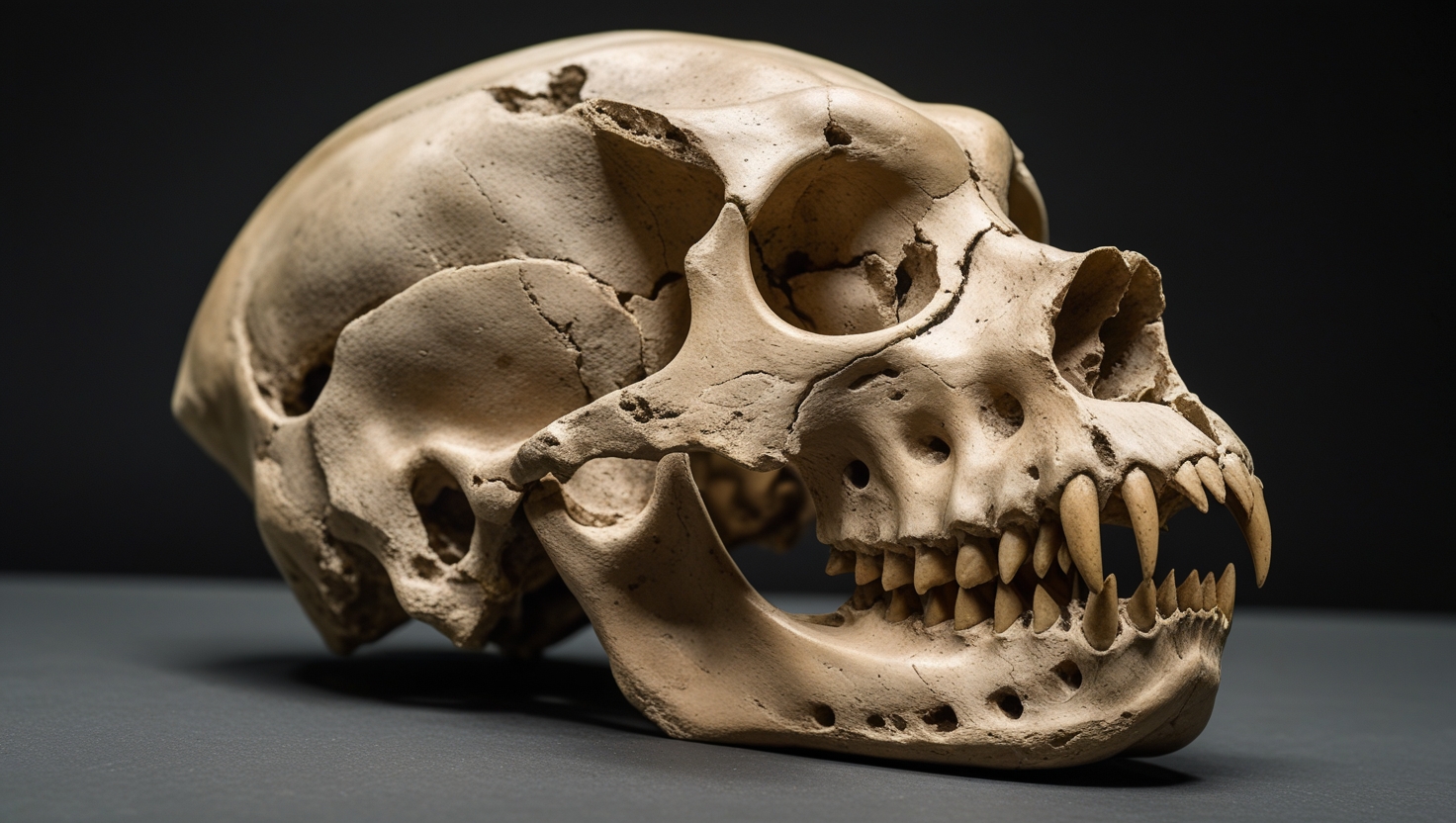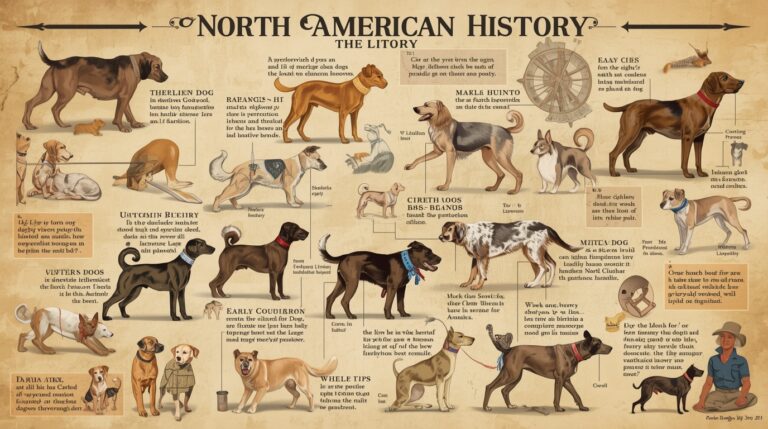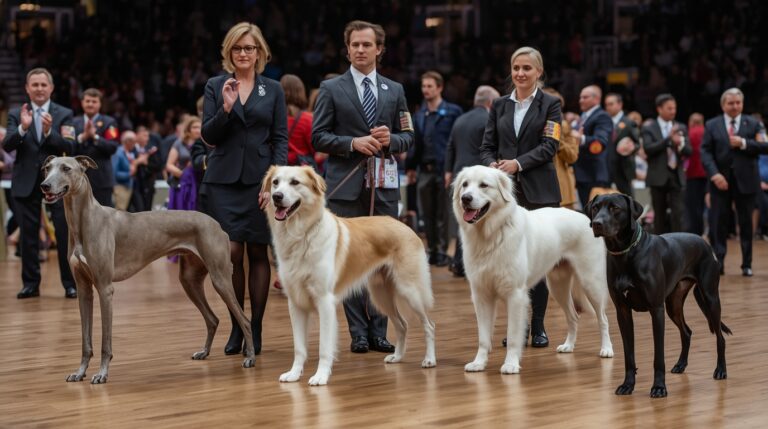The Oldest Known Dog Fossils

Introduction to Ancient Dog Fossils
Dog fossils offer a rare glimpse into the evolutionary relationship between humans and their first domesticated animal companions. Unearthing the oldest known dog fossils provides critical evidence for the timeline of canine domestication, migration, and adaptation. These fossils, some dating back over 30,000 years, not only represent a biological record but also chronicle a pivotal shift in human-animal relationships.
The Importance of Dog Fossil Discoveries
Fossils serve as the primary evidence in understanding the evolution of dogs from their wild ancestors, the gray wolf (Canis lupus). Unlike soft tissues, bones preserve well over time, making them reliable artifacts for dating, studying morphology, and extracting ancient DNA. When combined with archaeological excavation data, these remains provide a timeline for dog domestication, likely tied to human societies during the Paleolithic, Mesolithic, and Neolithic periods.
What Classifies as the “Oldest Known Dog”?
To classify a fossil as belonging to a domesticated dog (Canis lupus familiaris), scientists examine skeletal morphology, genetic divergence, and its context within human settlements. Criteria include shortened snouts, crowded teeth, reduced braincase sizes, and cultural evidence such as burial with humans. Some fossils once thought to be dogs are later reclassified as wolves due to overlapping traits.
Evolution of Dogs: From Wolf to Companion
All domestic dogs descend from Canis lupus, but over time, evolutionary pressures and human selection shaped distinct traits. This evolutionary path includes changes in temperament, behavior, and physical characteristics. Selective breeding, even in primitive societies, may have encouraged docility, smaller sizes, or certain utilitarian traits, influencing the formation of early dog breeds.
Domestication Timeline and Genetic Divergence
Genetic studies, particularly from ancient DNA extraction, reveal that domestication likely began between 20,000–40,000 years ago. Fossils and DNA sequencing of ancient dogs suggest that early canids diverged from wolves even before permanent settlements arose. This supports theories that domestication occurred in multiple regions, including Siberia, Central Asia, and possibly Europe.
Prehistoric Context: Mesolithic and Neolithic Periods
The Mesolithic (Middle Stone Age) and Neolithic (New Stone Age) periods are critical to understanding domestication. During these eras, humans transitioned from nomadic hunter-gatherers to settled agricultural communities. The domesticated dog emerged as a companion for hunting, protection, and ritual purposes. Fossil evidence from these periods often includes buried dogs, indicating their cultural importance.
How Fossils Are Dated: Radiocarbon and Stratigraphy
Accurately determining the age of a fossil is essential. Scientists use radiocarbon dating, which measures the decay of carbon isotopes, to assess fossils up to 50,000 years old. Stratigraphy, which analyzes soil layers, helps establish the contextual timeline of the fossil site. Advanced tools like optically stimulated luminescence (OSL) and uranium-series dating are used when organic material is lacking.
Fossilized Evidence of Human-Canine Relationships
Some fossil sites show deliberate burial of dogs, indicating emotional or spiritual bonds. In Bonn-Oberkassel (Germany), a 14,200-year-old dog skeleton was found buried with two humans, with signs of medical care—indicating it was not just a tool, but a companion. Such findings underscore the social role of dogs in ancient communities.
The Goyet Cave Canid: 31,700-Year-Old Discovery
Discovered in Belgium, the Goyet Cave yielded a canid skull dated to 31,700 years ago. Though once believed to be a domesticated dog, recent analysis indicates it may represent an ancient dog-like wolf, or a transitional form. Regardless, this specimen highlights the gradual nature of domestication and the intermediate morphologies that make classification difficult.
Bonn-Oberkassel Dog: First Definitive Dog Fossil
The Bonn-Oberkassel dog remains the oldest undisputed domesticated dog fossil, dated at 14,200 years ago. Buried with two humans, it shows evidence of care, including a healed canine distemper infection. This level of interaction suggests deep bonds and an established human-dog relationship, setting a benchmark for future fossil comparisons.
Razboinichya Cave Specimen: Wolf or Dog?
In Siberia, the Razboinichya Cave fossil, dated to approximately 33,000 years ago, generated global debate. Its skull structure differs from typical wolves, with shorter snouts and smaller teeth. However, lacking genetic data, it’s unclear if this animal was a proto-dog or a distinct wolf lineage. The debate illustrates the complex evolutionary web between wild and domesticated canids.
Fossil Records Across Asia and the Middle East
Numerous fossil discoveries across China, Iran, Israel, and Siberia demonstrate widespread dog-like canids appearing between 15,000–30,000 years ago. In Zhokhov Island (Siberia), 9,000-year-old fossils show signs of sled dog use, suggesting early specialized breeding. These finds support the hypothesis of multiple domestication events across Eurasia.
DNA Sequencing in Paleontology
DNA sequencing of ancient dog fossils has revolutionized our understanding. By comparing mitochondrial and nuclear DNA from fossilized remains, researchers identify when lineages diverged, what traits were selected, and how dog populations spread. Techniques like Next-Generation Sequencing (NGS) now allow partial to full genome reconstruction from ancient samples.
Ancient DNA from Fossilized Dogs: What It Tells Us
Ancient DNA studies have shown that dogs likely originated from a now-extinct wolf population and were domesticated before the rise of agriculture. Genetic analysis of the Goyet and Oberkassel fossils supports an early split from wolves, with migratory patterns matching human dispersal. These findings confirm that dogs followed humans across continents.
Morphological Differences in Fossils: Dogs vs. Wolves
Key morphological differences include cranial capacity, dental crowding, snout length, and paw size. Domesticated dogs tend to have smaller brains, more rounded skulls, and weaker jaws compared to wolves. These distinctions are critical when identifying fossils, especially when genetic material is not preserved.
Burial Practices Involving Dogs
In regions such as the Levant, Japan, and Northern Europe, dogs were buried with humans or in dedicated graves, often with grave goods. These practices suggest a ritualistic or symbolic role, possibly spiritual guardians or family members. Such burials support the idea that dogs were emotionally integrated into early societies.
The Role of Dogs in Prehistoric Societies
In ancient cultures, dogs were used for hunting, herding, protection, and even transportation. Fossil evidence and cave art depict dogs alongside humans in active roles. The early Zhokhov sled dogs and Neolithic hunting dogs show how domesticated canines adapted to regional environments and tasks.
How Dogs Spread Across Continents
Fossil records and genetic analysis confirm that dogs spread globally alongside migrating human populations. From Eurasia to North America, domesticated dogs appear in the archaeological record as early as 12,500 years ago. These early migrations led to the diversification of dog types, suited to local climates and uses.
Controversies and Debates in Dog Fossil Classification
Not all scientists agree on what qualifies as a dog fossil. Disputes often center on morphology vs. genetics, with some fossils initially believed to be dogs reclassified as wolves or vice versa. The Razboinichya and Goyet specimens remain contentious due to ambiguous traits, highlighting the need for multidisciplinary analysis.
Modern Technology Enhancing Fossil Interpretation
New tools such as 3D imaging, CT scanning, and paleo-genomics enhance accuracy in identifying and dating fossils. Isotopic analysis can reveal diet and lifestyle, helping differentiate between domesticated and wild animals. These methods increase our ability to interpret ancient remains and clarify their place in dog evolution.
Museums and Fossil Collections Worldwide
Institutions like the Smithsonian National Museum of Natural History, Natural History Museum of Vienna, and Chinese Academy of Sciences house critical dog fossil specimens. These collections are essential for comparative research, education, and public understanding of dog domestication history.
Significance of Fossils in Understanding Domestication
Dog fossils are not just bones—they are keys to understanding human evolution, migration patterns, and societal development. They reveal how a symbiotic relationship evolved from survival into companionship, influencing both species over millennia.
Impact of Climate and Geography on Dog Evolution
Glacial cycles, terrain, and resource availability shaped regional variations in early dog breeds. Cold climates encouraged thicker fur and robust builds, while desert regions favored slender, heat-tolerant dogs. These adaptations are traceable through fossil morphology and DNA.
Future Research and Emerging Fossil Discoveries
As excavation technology and genetic sequencing advance, more ancient dog fossils are being discovered and reclassified. Future research may uncover a common ancestor or verify theories about multiple domestication origins, helping to finalize the canine evolutionary tree.
Conclusion: What Fossils Tell Us About Early Dogs
The oldest known dog fossils offer a multidimensional view of evolution, migration, and the human-canine bond. With examples like the Bonn-Oberkassel dog and the Goyet cave specimen, we see both biological change and cultural integration. As research continues, these ancient remains help reconstruct the shared history of dogs and humans.





